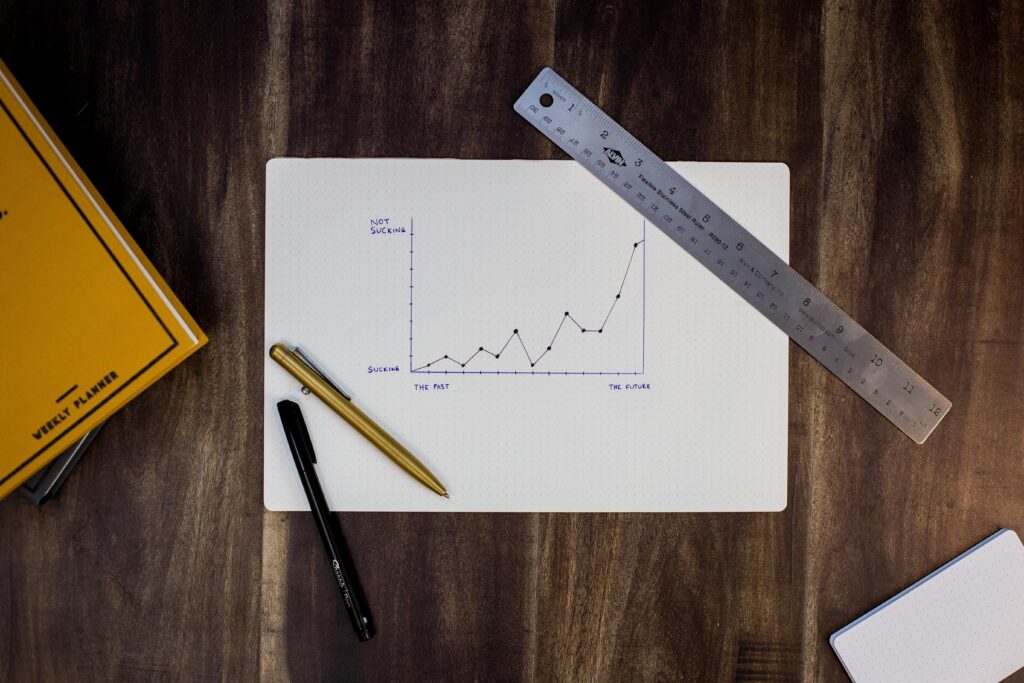Introduction
In the realm of physics and engineering, moments and torque play a crucial role in understanding the rotational motion of objects. Whether you’re a student exploring the principles of mechanics or a professional seeking a deeper comprehension of rotational forces, grasping the concept of moments and torque is essential. In this SEO-optimized article, we will delve into the intricacies of moments and torque, explore their significance, and provide a comprehensive guide on how to calculate and utilize them effectively.
Section 1: Understanding Moments
Moments, also known as turning forces, are physical quantities that describe the rotational effect of a force about a point or an axis. Moments depend on both the magnitude and the distance from the pivot point to the line of action of the force.
Section 2: Exploring Torque
Torque, a specific type of moment, refers to the twisting or rotational force applied to an object. It is a product of the force and the perpendicular distance from the pivot point to the line of action of the force. Torque is denoted by the symbol “τ” and is measured in units of Newton-meters (Nm).
Section 3: Calculating Moments and Torque
3.1. Moment Calculation
To calculate a moment, multiply the force applied to an object by the perpendicular distance from the pivot point to the line of action of the force. The formula for moment is given by:
Moment = Force × Distance
3.2. Torque Calculation
Torque is calculated by multiplying the applied force by the distance from the pivot point to the point where the force is applied, considering the perpendicular distance. The formula for torque is:
Torque = Force × Perpendicular Distance
Section 4: Key Concepts and Principles
4.1. Lever Arm
The lever arm refers to the perpendicular distance from the pivot point to the line of action of the force. It determines the effectiveness of the force in producing a rotational effect.
4.2. Principle of Moments
The principle of moments states that for an object to be in rotational equilibrium, the sum of the clockwise moments must be equal to the sum of the counter clockwise moments about any chosen pivot point.
Section 5: Applications of Moments and Torque
Moments and torque have various practical applications across different fields:
5.1. Engineering and Mechanics
In engineering, moments and torque are fundamental to designing and analyzing structures, machines, and mechanisms. They help determine the stability, balance, and efficiency of systems subjected to rotational forces.
5.2. Biomechanics and Human Movement
In biomechanics, moments and torque analysis are employed to study human movement, analyze muscle forces, and understand the mechanics of joints and skeletal systems.
5.3. Robotics and Automation
Moments and torque play a crucial role in robotic systems, enabling precise control, stability, and manipulation of objects in robotic arms, joints, and grippers.
Conclusion
Mastering the concepts of moments and torque is vital for understanding the rotational motion of objects. By comprehending the calculations, principles, and applications outlined in this guide, you can confidently analyze and utilize moments and torque in various scenarios. Whether you’re exploring mechanics, engineering, or biomechanics, moments and torque serve as powerful tools to unravel the complexities of rotational forces. So, embrace the knowledge, apply the principles, and unlock the potential of moments and torque in your pursuit of scientific understanding and practical problem-solving.



